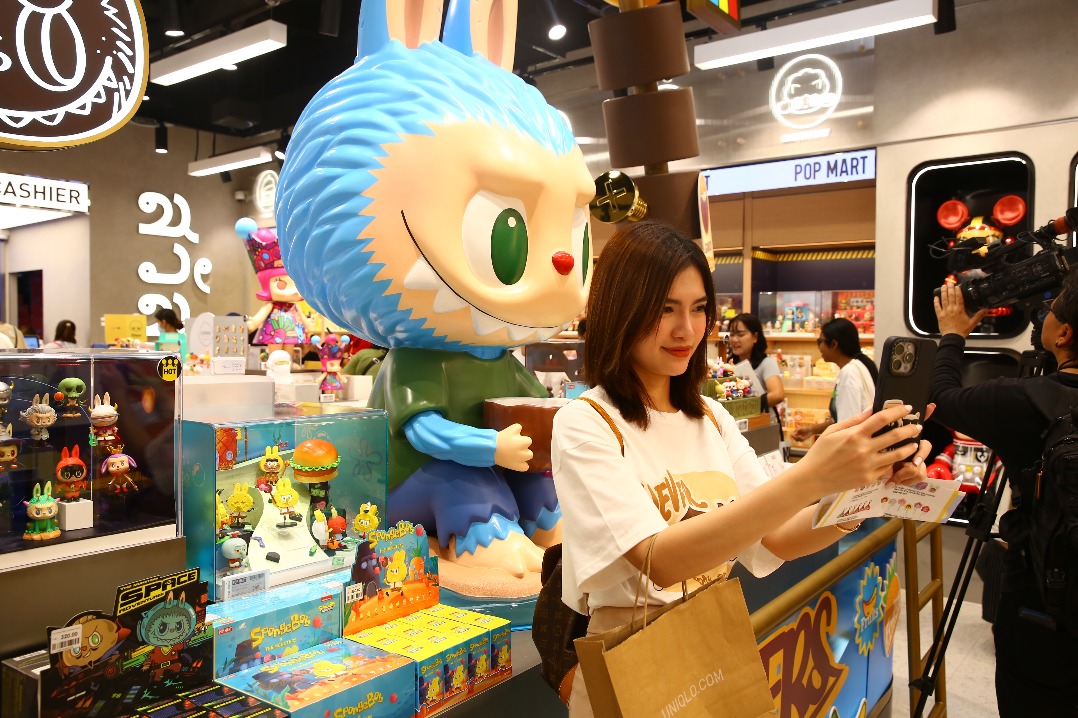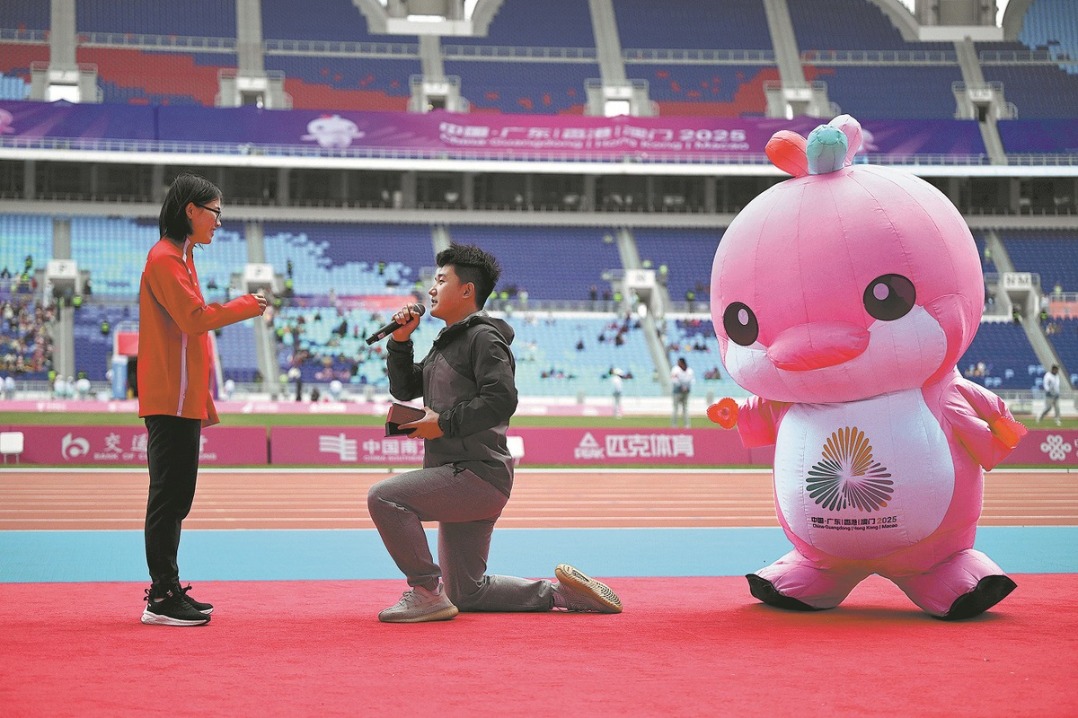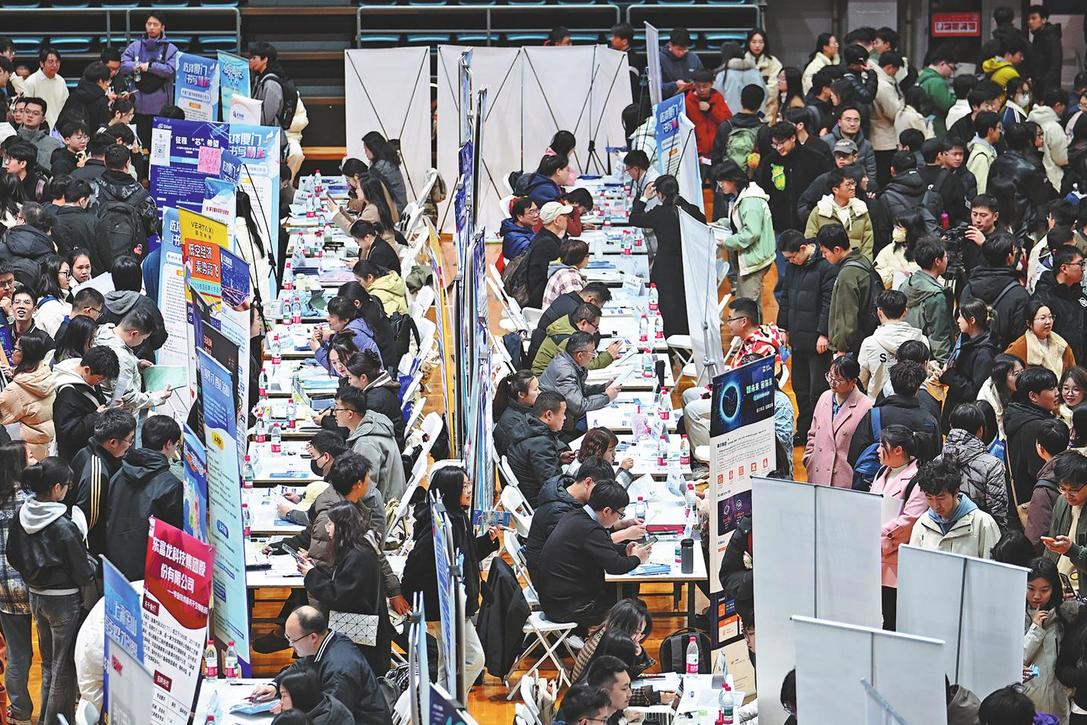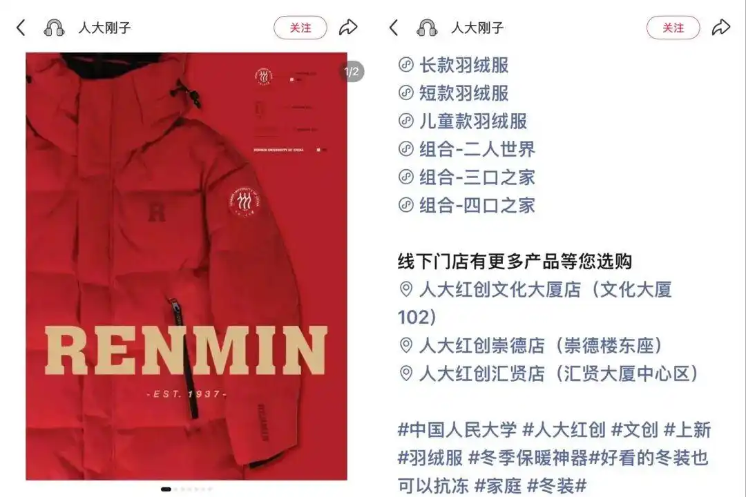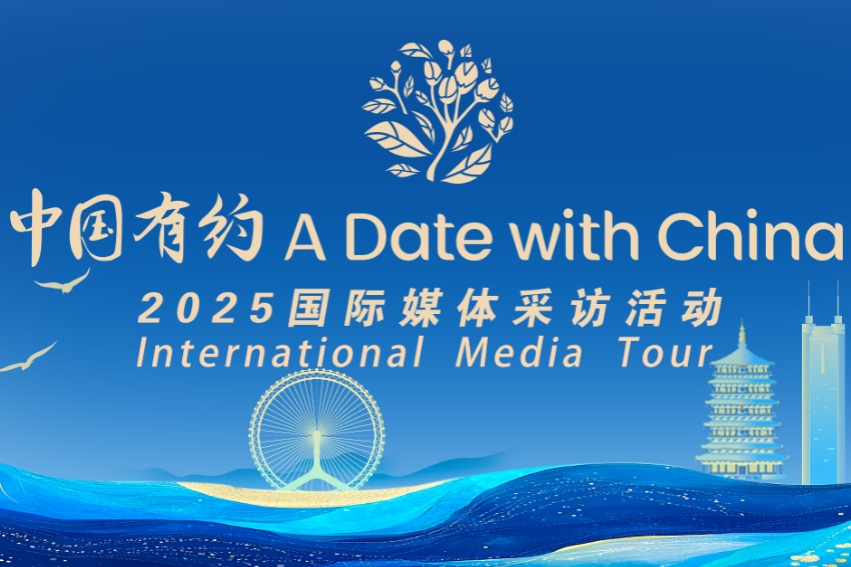'Lipstick king' Li Jiaqi guides C-beauty brands toward global stage

Mango TV's The Chinese Beauty Shop, a program themed around cross-border entrepreneurship, began filming in Paris in June. The program aims to promote domestic beauty brands into the international market by operating pop-up stores on the streets of Paris. As the product director in the program, Li Jiaqi, a Chinese livestreaming host known as the "lipstick king", leveraged his professional expertise in cosmetics to gain firsthand experience.
"Taking Chinese brands global isn't about changing the packaging or replacing Chinese characters with French or English text. That alone won't make you adapt to the market. This was my biggest takeaway after participating in The Chinese Beauty Shop," Li said in an interview.
If Chinese brands want to succeed overseas, they need a deep understanding of their target consumers, insights into their preferences and respect for local culture while integrating these elements into a renewed version of their products. This approach helps overcome the challenges of adapting to foreign markets, Li said.
Insights into markets
Over 30 years ago, European beauty giants like L'Oreal entered the Chinese market amid China's opening-up policy, bringing profound industrial enlightenment to the market. They introduced advanced brand concepts, mature marketing strategies and stringent product standards, laying the foundation for the rise of local Chinese brands and nurturing the first generation of professionals in the domestic cosmetics sector with international perspectives.
Over the past decade, Chinese skin care brands like Winona and Chando have built their brands from the ground up. Currently, they are exploring overseas expansion. The good news is that some emerging Chinese color cosmetics brands are selling well on international e-commerce platforms. It's time for Chinese brands to take this step, which inspired The Chinese Beauty Shop's trip to Paris with 12 brands.
Over the past 10 years, Chinese beauty brands have undergone a transformation from manufacturing to creating. Moving beyond imitation, they have turned to explore the essence of Chinese culture. For instance, the brand of Florasis, known as Huaxizi in China, incorporated Chinese intangible cultural heritage into product design, while Herborist, a brand under personal and home care products provider Shanghai Jahwa United, conveys Eastern philosophies of harmony. These efforts have shaped the C-beauty aesthetic, building deep emotional connections with a new generation of consumers.
For example, the compact powder from Florasis features a Suzhou embroidery-inspired design with exquisite butterfly patterns. French customers find this packaging novel and captivating.
In terms of color, Chinese cosmetics also left a strong impression. Color symbolism has deep roots in Chinese culture and this time, several brands brought these elements to France.
In the minds of French consumers, blush is often just a single color. However, the tri-color blush palette made by Timage brand offers three distinct shades that blend harmoniously. The jade-like packaging further enhanced its appeal, making it a product infused with cultural symbolism.
Li said: "I believe that color perception across different countries is deeply rooted in culture, evoking various stories, emotions and human conditions. Chinese colors belong to a vast group and have profound connotations. We can give monochromatic and blended shades with distinctive meanings and perspectives."
However, many subtle details still require extensive effort, Li noted. For instance, French consumers have stringent requirements for eco-friendly packaging. Chinese products often come with a plastic seal, which French users may consider less environmentally friendly. Alternatives like pull-tab seals made from recyclable paper or materials are recommended.
Chinese aesthetics
During this pop-up venture, Li and his partners explored an experience-centric model to customers. Li creatively adapted China's mature livestreaming e-commerce format to the offline pop-up store in Paris. He adopted the efficient, dynamic and interactive style of livestreaming into daily store services, transforming the sales floor into a makeup classroom that combined display, education and entertainment. This model of empowering offline experiences with online management thinking addressed the challenge of new brands struggling to gain popularity in unfamiliar markets.
To attract more customers, the show's team organized an in-store salon, inviting local media and makeup enthusiasts. They collaborated with a popular Chinese tea culture boutique in Paris to offer visitors biscuits, pastries and Longjing tea. The setup included Chinese elements like fans and orchids and even featured acupuncture specialists, aiming to blend cultural experiences with shopping.
"Cultural globalization requires collective efforts across industries to present a multidimensional view of Chinese culture to international users. Brand expansion overseas must be rooted in cultural heritage while offering innovative experiences to consumers. And our brands need to deepen their cultural essence and integrate more Chinese elements, and then to present them in innovative ways," Li said.
Reflecting on the development of Chinese beauty brands over the past decade, Li said: "From being perceived as cheap to now recognized for quality and value, Chinese brands have significantly strengthened their product capabilities. This progress fills me with pride. Chinese aesthetic lies in its depth — each era offers a renewed interpretation of its narrative. Similarly, Chinese brands have spent over a decade evolving through livestreaming, e-commerce, offline counters and the relentless efforts of founders.
"What I hope for next is greater emphasis on cultural integration. International brands excel at leveraging centuries of history, compelling stories, emotional appeal and formulations. This is the path Chinese brands must now pursue."
According to the latest customs data, in the first half of 2025, China's mass-market beauty product exports reached 18.7 billion yuan ($2.6 billion), up 12 percent year-on-year. The main export destinations included the United States, the United Kingdom, Indonesia, the Netherlands and Japan.
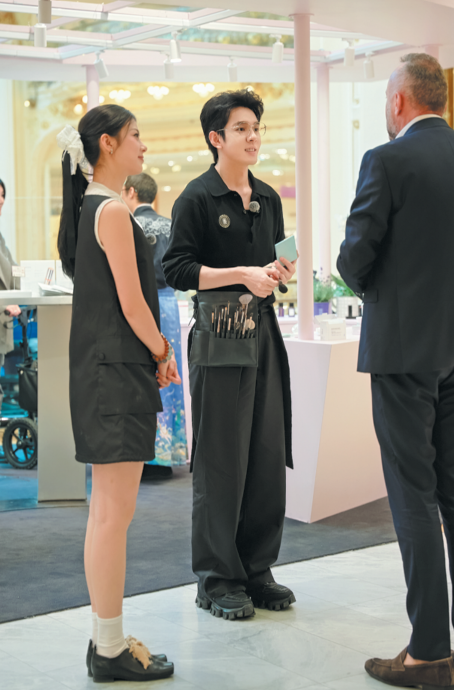
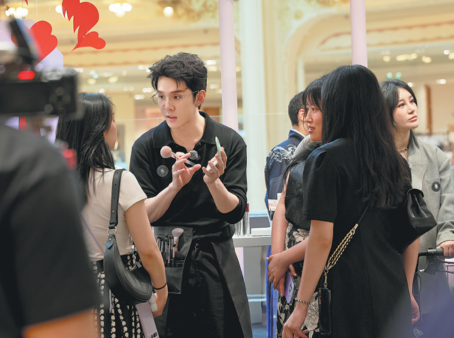

Today's Top News
- UN envoy calls on Japan to retract Taiwan comments
- Innovation to give edge in frontier sectors
- Sanctions on Japan's former senior official announced
- Xi stresses importance of raising minors' moral standards
- Coordinated reform key to country's growth
- Shandong gives new life to traditions

















